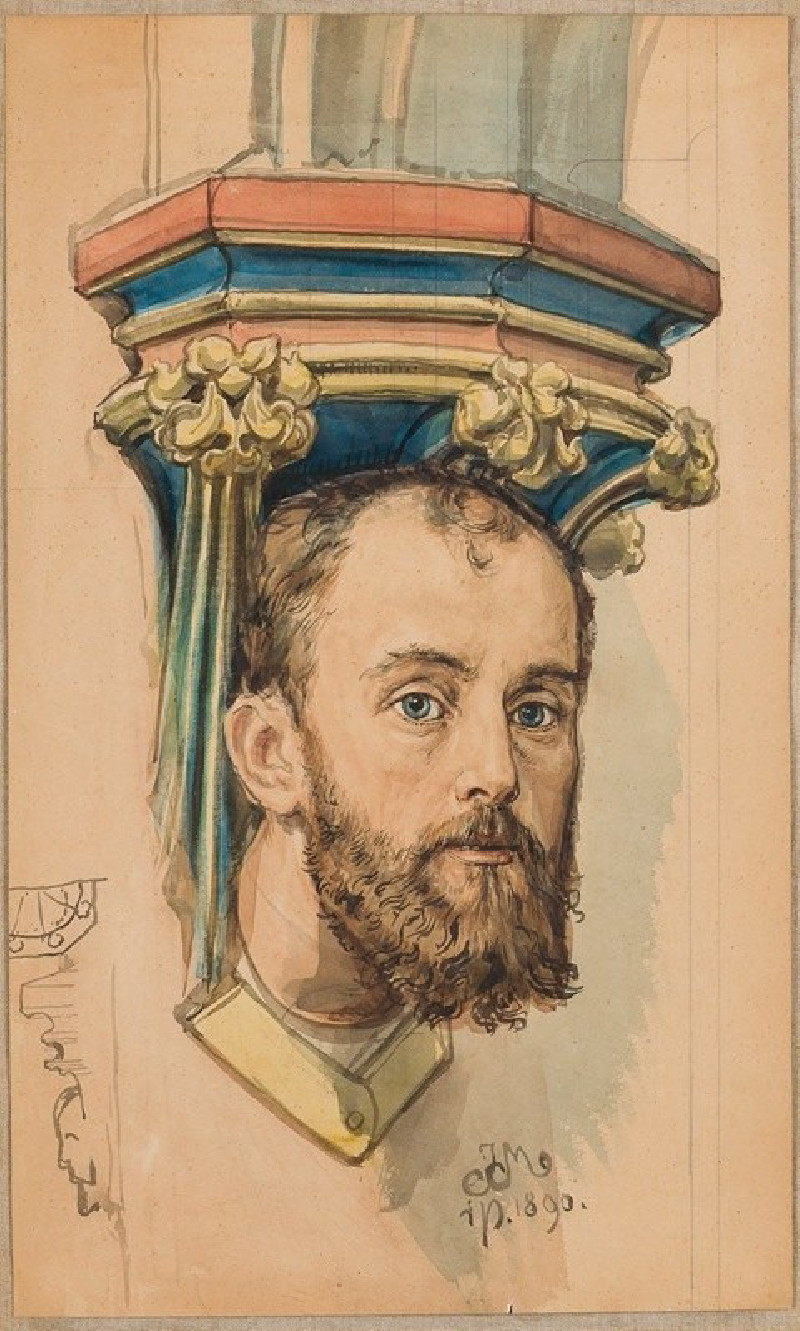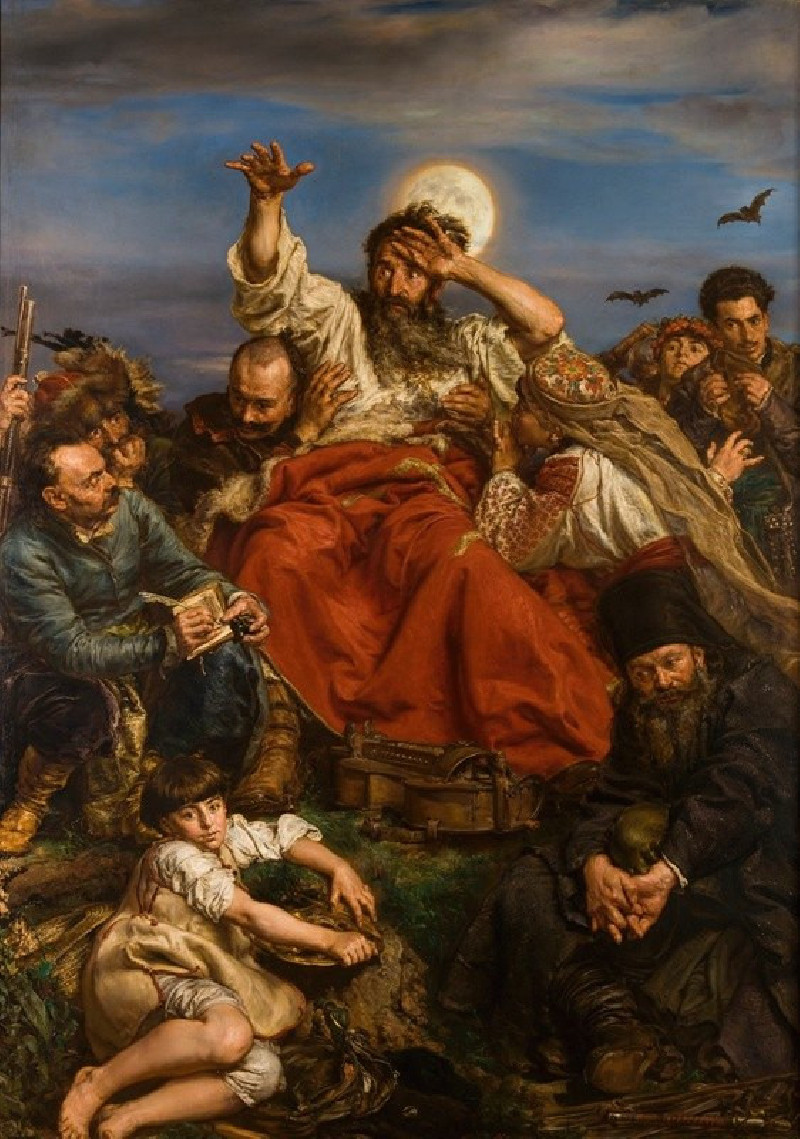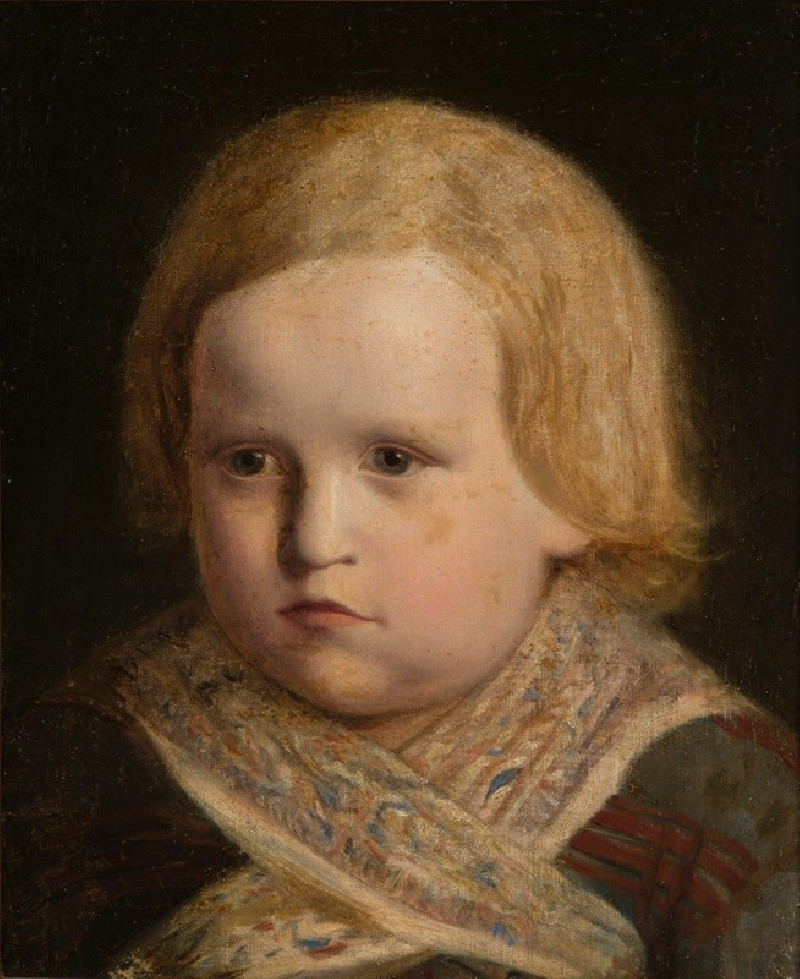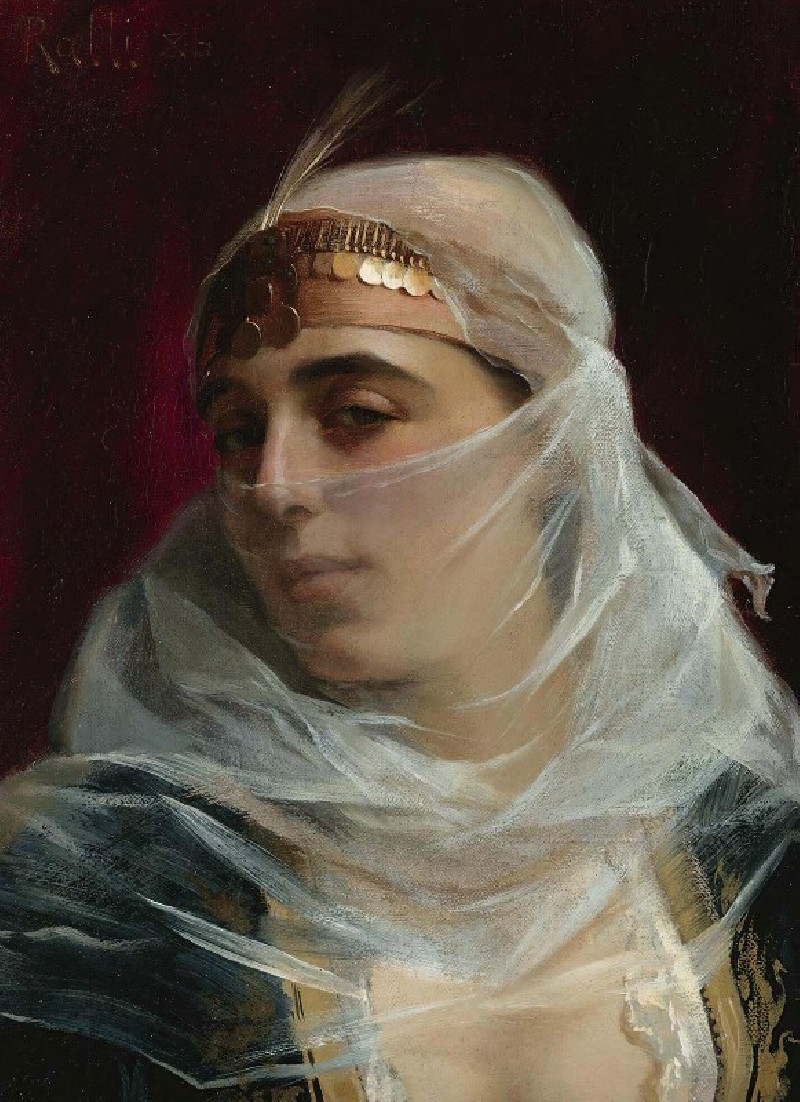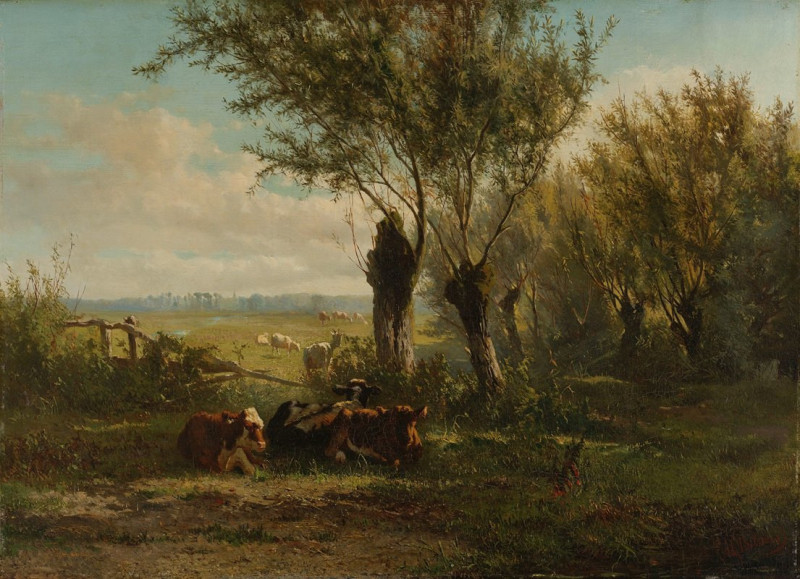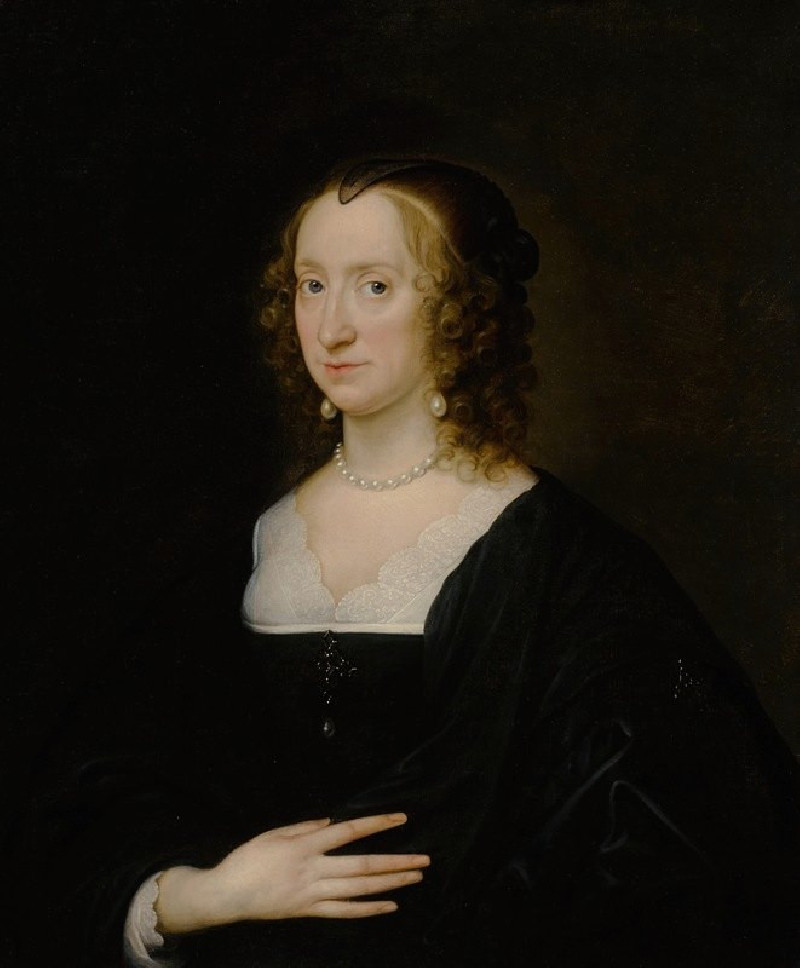Studia kostiumowe – Sześć trzewików rysowanych podczas otwarcia grobów w kościele OO.Karmelitów w Wiśniczu (1858-1860)
Technique: Giclée quality print
Recommended by our customers
More about this artwork
Delve into a unique piece of history depicted through the artistic genius of Jan Matejko, one of Poland’s most celebrated painters. In this remarkable watercolor, “Studia Kostiumowe – Sześć Trzewików Rysowanych podczas Otwarcia Grobów w Kościele OO.Karmelitów w Wiśniczu” (Study of Costumes – Six Slippers Drawn at the Opening of Tombs in the Carmelite Church in Wiśnicz), dated between 1858 and 1860, we witness a fascinating study of historical footwear.This painting displays a collection of six different shoes, each richly detailed and vividly colored, capturing the essence of 16th-century style and craftsmanship. These aren’t ordinary shoes; they are relics, unearthed from the tombs in the Carmelite Church, offering a window into the past and the elaborate attire of the era. Matejko’s meticulous hand renders the textures and patterns of the fabrics and the worn leather, highlighting his dedication to historical accuracy and detail.Jan Matejko, renowned for his large-scale historical paintings, often focused on significant moments in Polish history. However, in this intimate sketch, he shifts to a smaller canvas, exploring the personal, everyday articles of those who lived centuries ago. This work not only showcases his versatility as an artist but also serves as a historical document that helps us connect with the past on a more personal level.
Delivery
Returns
Jan Alojzy Matejko was a Polish painter, a leading 19th-century exponent of history painting, known for depicting nodal events from Polish history. His works include large scale oil paintings such as Rejtan (1866), the Union of Lublin (1869), the Astronomer Copernicus, or Conversations with God (1873), or the Battle of Grunwald (1878). He was the author of numerous portraits, a gallery of Polish monarchs in book form, and murals in St. Mary's Basilica, Kraków. He is considered by many as the most celebrated Polish painter, and sometimes as the "national painter" of Poland.














